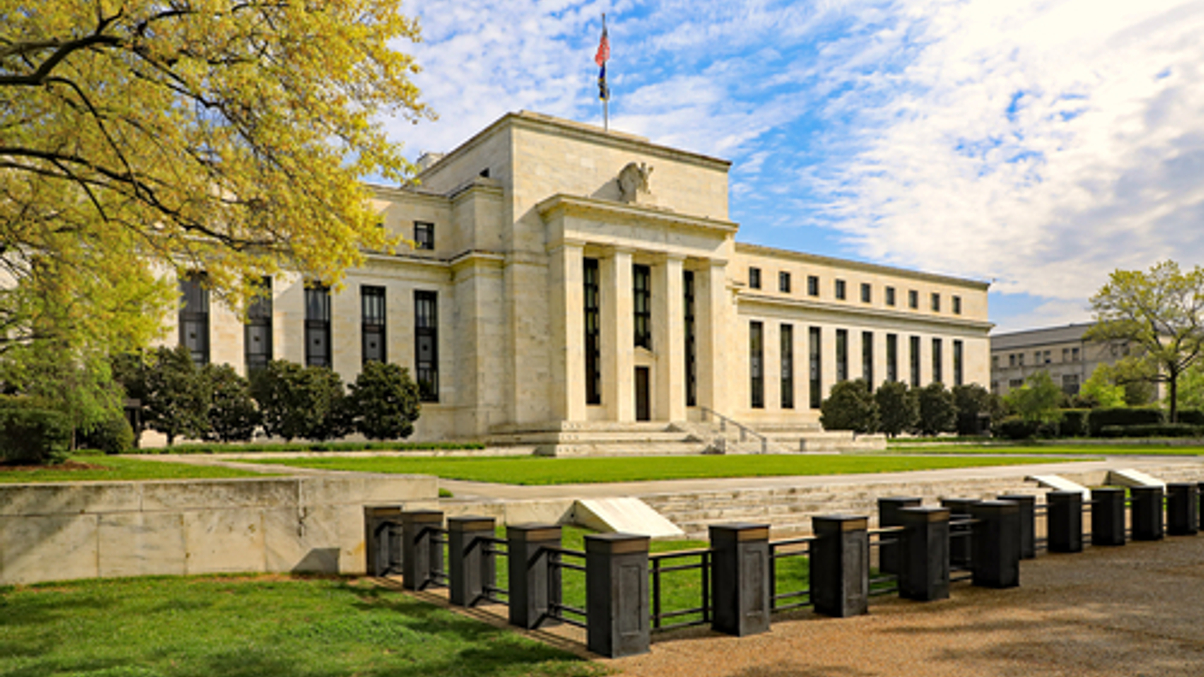How negative rates are squeezing instos’ options
Asset owners have been caught between a rock and a hard place. Volatile equity markets are forcing them into fixed income but options are fast dwindling.

Some of the world’s top asset owners have been piling into fixed income in an effort to avoid the volatility of global equity markets. But the benefits of that pivot are being withered away by the growing impact of negative interest rates.
Sign In to Your Account
Access Exclusive AsianInvestor Content!
Please sign in to your subscription to unlock full access to our premium AI resources.
Free Registration & 7-Day Trial
Register now to enjoy a 7-day free trial—no registration fees required. Click the link to get started.
Note: This free trial is a one-time offer.
¬ Haymarket Media Limited. All rights reserved.


